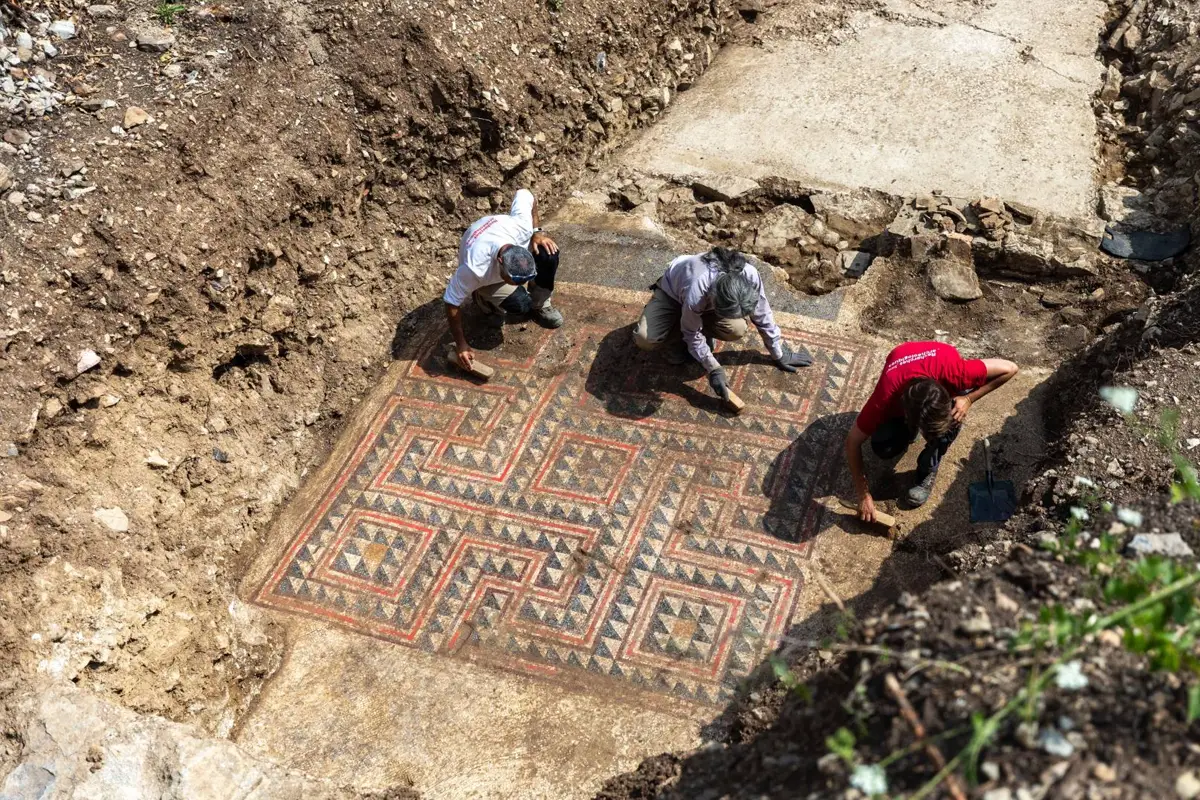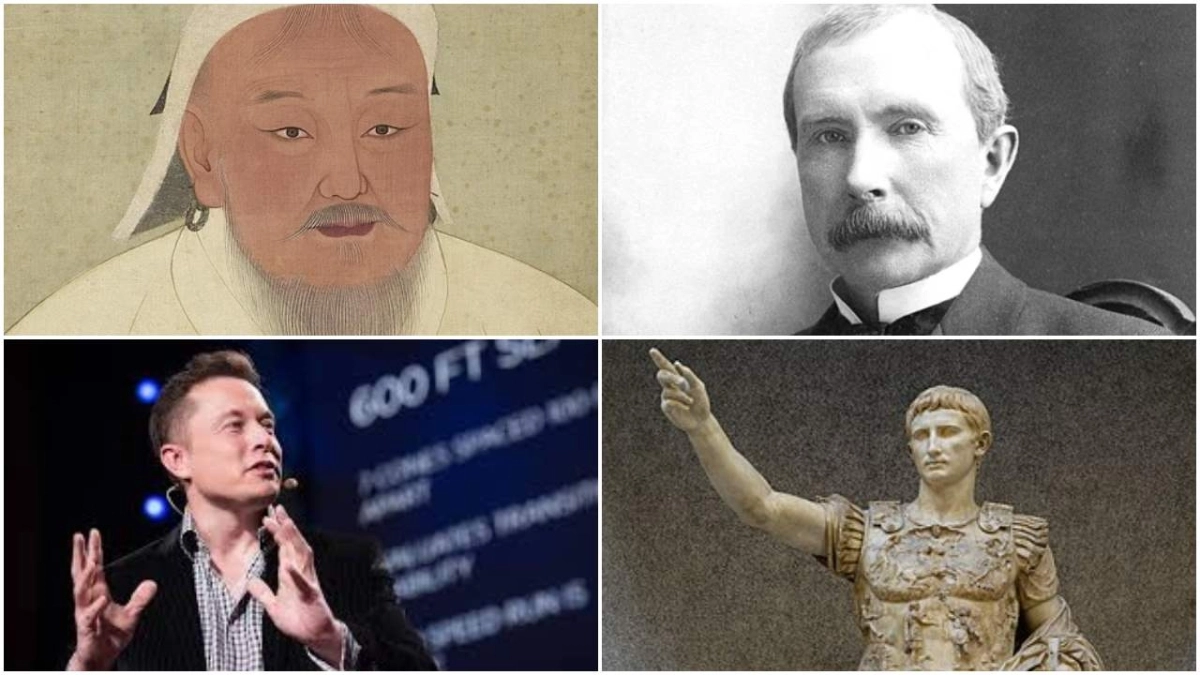The Olmec civilization, often regarded as Mesoamerica’s “mother culture,” laid the foundations for many aspects of later societies such as the Maya and Aztecs. Flourishing from approximately 1200 BCE to 400 BCE in what is now southern Mexico, the Olmecs made significant contributions in art, religion, and societal organization that shaped the region’s cultural evolution.
Olmec Art and Iconography
Olmec art is renowned for its monumental stone sculptures, particularly the colossal heads, which are believed to represent rulers or important figures. These heads, some reaching up to 10 feet in height, exhibit distinct facial features and craftsmanship that highlight the Olmec mastery of stoneworking. In addition to sculpture, Olmec artisans produced intricate jade figurines and pottery, depicting deities, shamans, and mythological creatures that influenced subsequent Mesoamerican iconography.
Religious Beliefs and Practices
The Olmecs had a complex spiritual system that emphasized shamanism, transformation, and the veneration of supernatural beings. The “Were-Jaguar” figure, a common motif in Olmec art, suggests a belief in shape-shifting or hybrid deities. Ritual practices, including bloodletting and offerings to the gods, later became key elements of Maya and Aztec religious traditions. The Olmecs also played a role in the early development of ceremonial centers, such as La Venta and San Lorenzo, which influenced urban planning and temple architecture in later cultures.
Influence on Later Mesoamerican Civilizations
The Olmecs pioneered several cultural innovations that persisted in later Mesoamerican societies. They are credited with early forms of writing and numerical systems, possibly laying the groundwork for the Maya script. Additionally, the Olmecs developed the Mesoamerican ballgame, a ritualistic sport that became integral to the religious and social practices of the Maya and Aztecs. Their calendar and agricultural advancements also helped shape the economic and religious cycles of subsequent civilizations.
Conclusion
The Olmec civilization’s artistic achievements, religious concepts, and societal structures set a precedent for later Mesoamerican cultures. As the first major civilization in the region, their legacy is evident in the religious iconography, architectural styles, and cultural practices of the Maya, Aztecs, and beyond. Despite their mysterious decline, the Olmecs remain a crucial cornerstone in understanding the development of ancient Mesoamerica.







